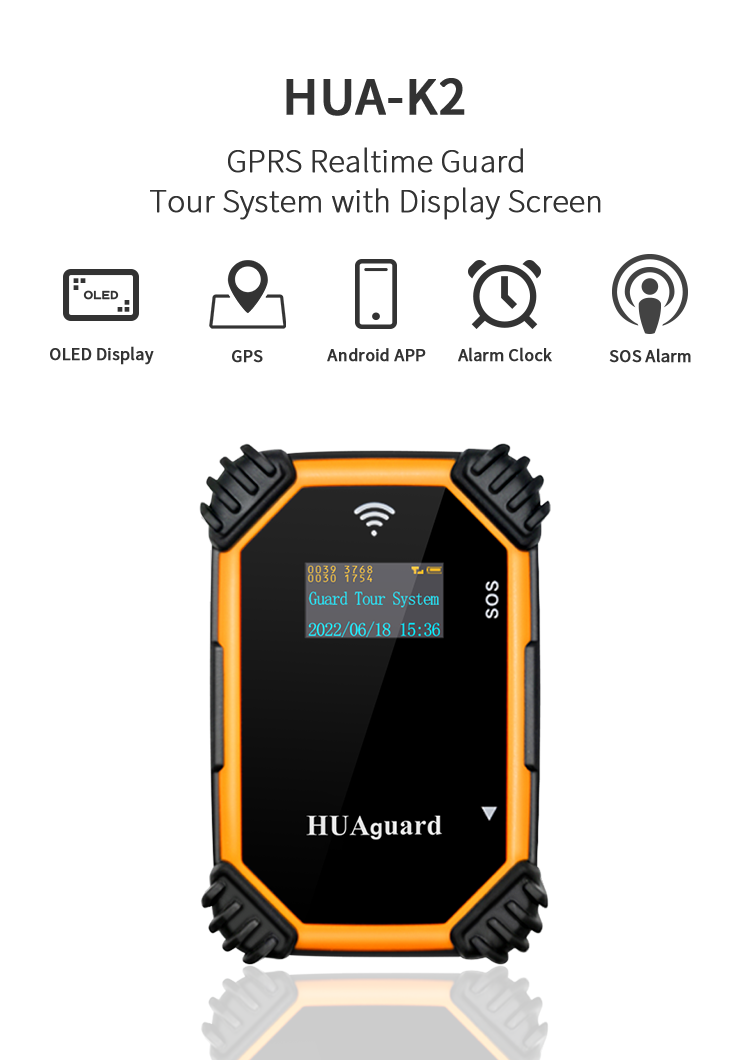

Lost or stolen access cards are a significant security risk for airports, and unauthorized entry can have disastrous consequences. Traditional card-based airport access control systems rely on physical credentials that can be easily misplaced, stolen, or copied. Modern airport access control systems are moving towards safer and more reliable authentication methods to address this. By leveraging advanced technologies such as biometrics, mobile credentials, and multi-factor authentication, airports can reduce the risks associated with physical cards. A 50% reduction in security incidents after implementing biometric-based access control highlights the effectiveness of these solutions.
Biometric authentication has revolutionized airport access control by eliminating the need for physical access cards. Facial recognition, fingerprint scanning, and iris recognition provide a secure and convenient way to authenticate. For example, Singapore Changi Airport uses facial recognition to grant access to restricted areas, ensuring that only authorized personnel can enter. Compared to traditional access cards, biometrics make each person's biometric data unique and can't be misplaced. In addition, biometric systems are complex to forge or copy. At the same time, it improves operational efficiency by allowing employees and contractors to pass through checkpoints faster. One case study showed that biometric airport access control systems reduced unauthorized access attempts by 70% while reducing processing time by 40%.

Mobile credentials are another innovative solution to the problem of lost or stolen access cards. These credentials are stored on a smartphone or wearable device and can be accessed by the user with a tap or scan. For example, Delta Airlines has implemented mobile credentials at multiple airports in the United States, enabling employees to access secure areas using their mobile phones. Mobile credentials can instantly and remotely deactivate the credential if the device is lost or stolen. At the same time, it can be combined with biometrics or PINs for added security and also reduces printing and replacement costs by eliminating physical cards.
Multi-factor authentication (MFA) is a powerful tool to enhance the security of the airport access control system. MFA requires users to provide two or more forms of identification, such as a mobile credential and a fingerprint scan. This layered approach makes it more difficult for unauthorized individuals to gain access, even if one credential is compromised.
Employees must present a security access card and complete a biometric scan to gain entry. The system blocked multiple unauthorized access attempts, ensuring the security of critical operations. By combining various authentication methods, airport access control systems can provide strong protection against lost or stolen credentials.
Real-time monitoring is an essential feature of modern airport access control systems. These systems track access attempts and can instantly deactivate lost or stolen credentials. For example, if an employee reports a lost access card, security personnel can deactivate the card in seconds, preventing unauthorized use. At Los Angeles International Airport (LAX), real-time monitoring significantly prevented security breaches. The airport's access control system is integrated with a centralized command centre, where the security team can view access logs and respond to incidents immediately. In 2022, the system helped intercept a smuggler who attempted to use a stolen access card, demonstrating its effectiveness.

AI is transforming airport access control systems by enabling proactive security measures. Such algorithms can analyze access patterns and detect anomalies, such as someone trying to use a deactivated card or entering a restricted area at an unusual time. AI can also improve system efficiency by reducing false alarms. A case study at Tokyo Narita Airport showed a 40% reduction in false alarms after implementing AI-driven access control. By leveraging AI, airports can avoid evolving security challenges and ensure a safer environment for passengers and staff.
Lost or stolen access cards pose a significant security risk to airports, but modern access control systems offer an effective solution. By adopting biometric authentication, mobile credentials, multi-factor authentication, and AI-driven monitoring, airports can eliminate the vulnerabilities associated with physical cards. These technologies enhance security and improve operational efficiency and user satisfaction.